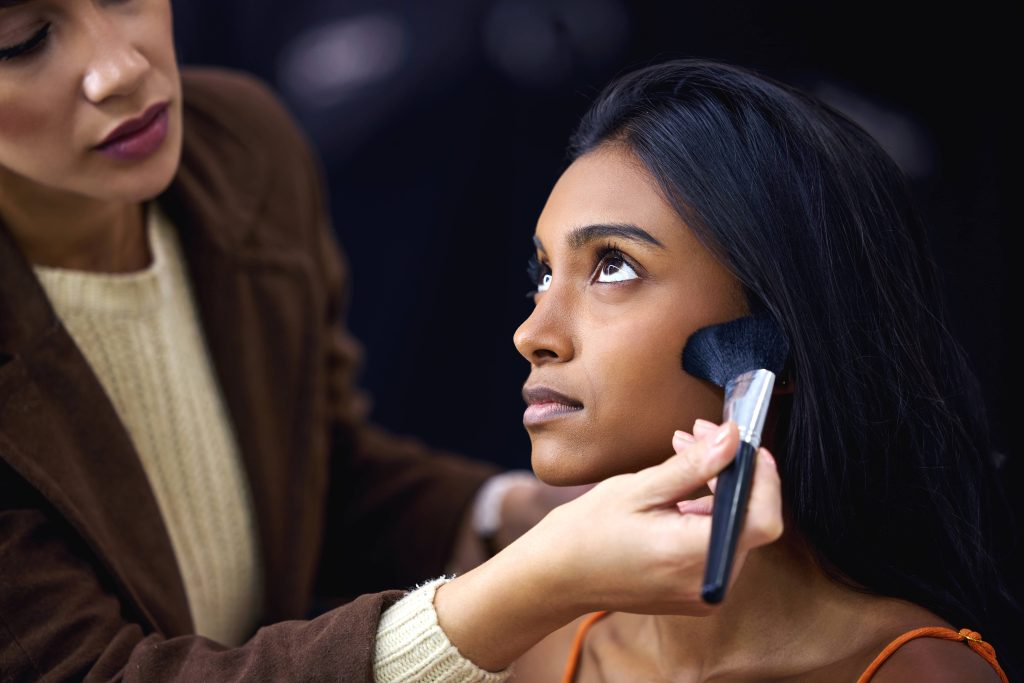
Beauty has always been a reflection of creativity, culture, and identity. As we continue to explore the depths of what makes something beautiful, it’s impossible to ignore the influence of music and art. These two cultural pillars have consistently intersected and interwoven with beauty trends, shaping and redefining them for generations. Their impact goes beyond superficial aesthetics, touching profound aspects of personal expression and identity.
1. Historical Context:
To understand the interplay between music, art, and beauty trends, we need to delve into history. The Renaissance period is an excellent starting point where art flourished alongside a sense of beauty that defined the era. The intricate hairstyles and pale skin sought after during this time were imbued with art, a reflection of the portraits that immortalized the wealthy. Fast forward to the roaring twenties, where jazz music and the flapper movement brought about short hairstyles and bold makeup, breaking away from Victorian modesty. Each era, through its own artistic and musical narratives, brought something new to the table of beauty.
2. Music’s Role in Defining Beauty Norms:
The synergy between music and beauty trends is evident across decades. In the 1960s, the British invasion led by bands like The Beatles and The Rolling Stones introduced the mod look. The iconic cat eye makeup, bold patterns, and statement haircuts were partly inspired by the music scene. Similarly, the disco era of the 1970s brightened beauty with shimmering eyeshadows and glossy lips, a direct reflection of the pulsating energy of the music played under mirrored disco balls. Artists like David Bowie and Prince weren’t just musicians; they were icons whose looks epitomized their eras’ aesthetics. They challenged gender norms and embraced a fluidity in beauty that’s increasingly celebrated today.
3. Art Movements and Beauty:
Art movements have been equally influential. The impressionist era, characterized by its soft focus and light touch, found its way into the subtle, natural makeup looks that come in and out of vogue. In a more contemporary setting, pop art, with its vivid colors and graphic lines, mirrors the bold and daring makeup looks seen on runways and in magazines. The transition from muted to vivid palettes and back again in beauty paraphrases the movement of art forms, continuously evolving and pushing boundaries.
Art doesn’t just shape the colors and styles we see; it influences how beauty products are marketed and perceived. Consider packaging design, which often borrows heavily from art trends to make products stand out on shelves, akin to collecting small art pieces. Artists like Jeff Koons and Yayoi Kusama have collaborated with beauty brands, blurring the lines between product and art.
4. Subcultures and Beauty Diversity:
The punk scene of the 1970s and 80s brought a rebellious energy that flipped traditional beauty on its head. Mohawks, piercings, and graphic eyeliner became mainstream symbols of counterculture. These trends were more than aesthetic choices; they were statements. Goth culture, birthed from music and art, offered another perspective, embracing dark palettes and dramatic cosmetics as both a rejection of convention and a form of identity.
The cross-pollination of music, art, and beauty highlights our societal shifts. K-pop, for example, blends mesmerizing visuals, captivating music, and an ultra-defined sense of style. It has significantly impacted beauty trends globally, influencing everything from skincare routines to makeup looks that prioritize dewy skin and vibrant colors. The blend of different cultural elements into a cohesive aesthetic speaks volumes about how diversity is becoming the driving force behind beauty trends today.
5. The Digital Age and Influencer Culture:
The digital age has further intensified the relationship between music, art, and beauty. Social media platforms like Instagram and TikTok serve as virtual galleries and concert stages, where new beauty trends are just as likely to be seen in a makeup tutorial as they are in a music video. Musical artists use these platforms to set trends almost instantaneously, blurring lines between music and fashion fandoms.
Influencers and makeup artists often combine visual art with beauty tutorials, leading to a new genre of content where artistry and cosmetic application are inseparable. This dynamic allows art-savvy influencers to cross into music domains and vice versa, broadening their reach and impact.
6. Looking Forward:
As we look to the future, the synergy between music, art, and beauty shows no sign of waning. As societal narratives continue to evolve, particularly around issues of representation, inclusivity, and body positivity, the triangulation of these cultural elements will play a crucial role. What remains constant is the celebration of individuality and the empowerment that beauty, profoundly influenced by music and art, can provide.
In conclusion, the impact of music and art on beauty trends is both deep and wide-ranging. They are integral to the process of reinventing and reimagining what beauty is and can be. As we continue to navigate through global dynamics, their influence will remain pivotal, encouraging us to embrace new ideas and redefine what it means to be beautiful in increasingly diverse ways.



